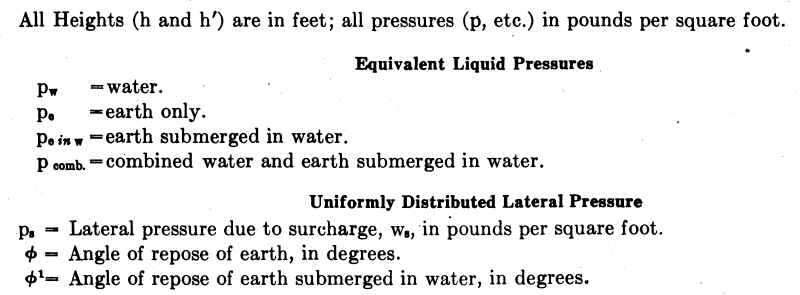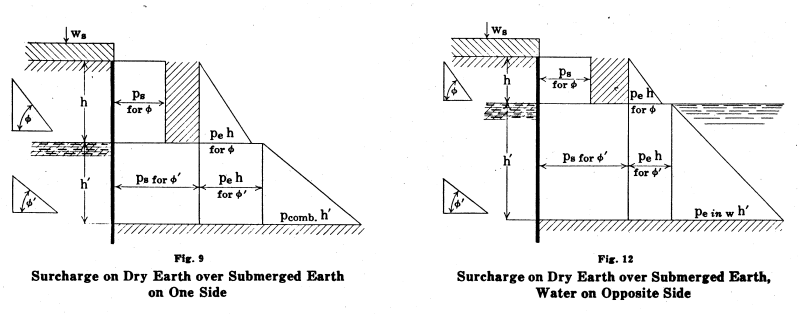minorchord2000
Structural
We have been tasked to design full height concrete abutments on spread footings subjected to scour. The bridge structure will be an ACROW steel bridge similar to a Bailey bridge. The single span is 110 feet from CL bearing to CL bearing with HL-93 loading. My question concerns scour from stream flow. During the scour condition the depth of flow down to the scour elevation is 15 feet. I plan on setting the tops of the spread footing 2 to 3 feet below the scour elevation. Of course the backfill behind the wall remains. Do I design the wall with the active backfill soil load and traffic surcharge load acting on the back side of the wall and the hydrostatic stream flow pressure acting on the other side of the wall? Do they act simultaneously and use the resulting loads to the design the concrete stem?
I never have encountered this condition before since I have always used stub abutments founded on drilled shafts.
Any help would and suggestions will be greatly appreciated
Thank You
I never have encountered this condition before since I have always used stub abutments founded on drilled shafts.
Any help would and suggestions will be greatly appreciated
Thank You


